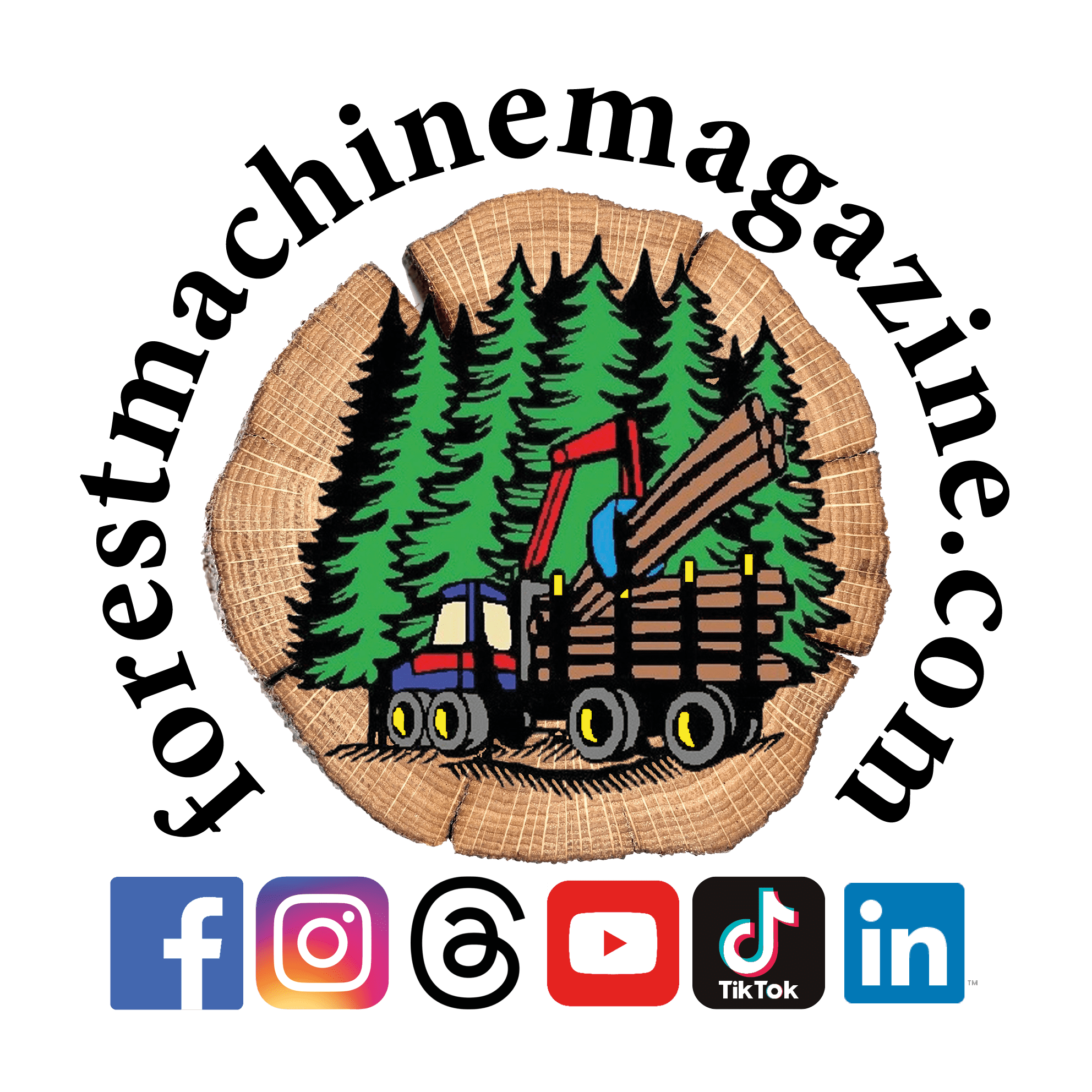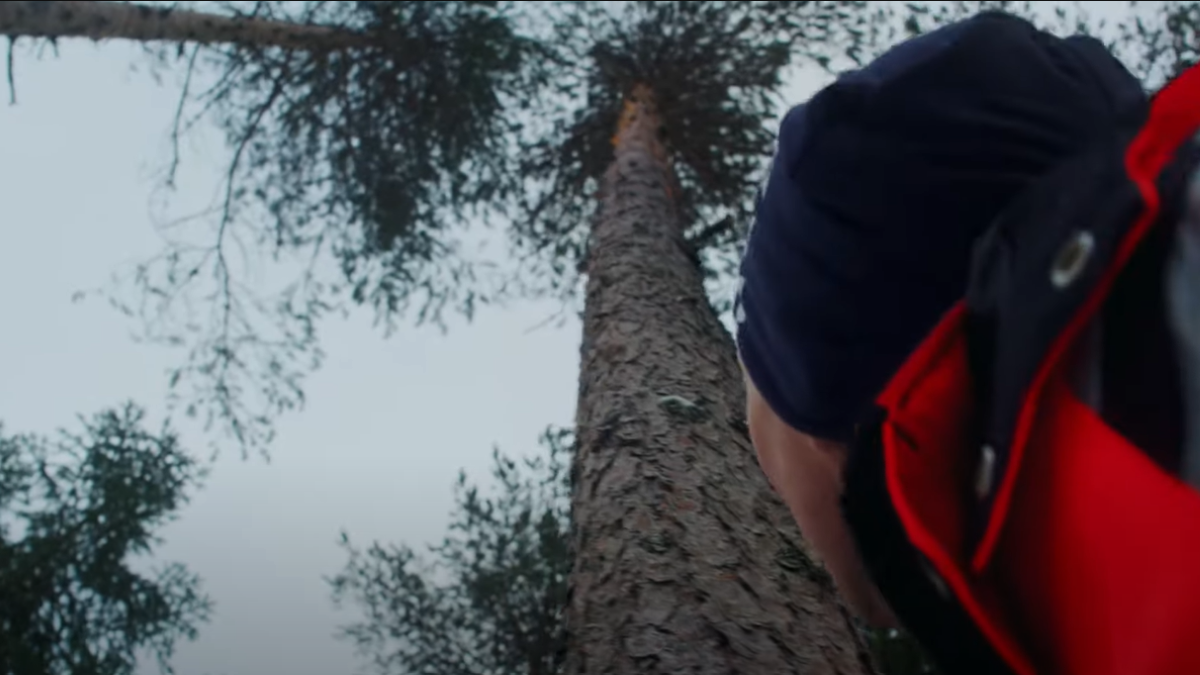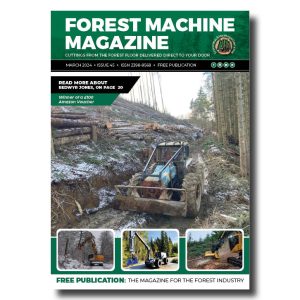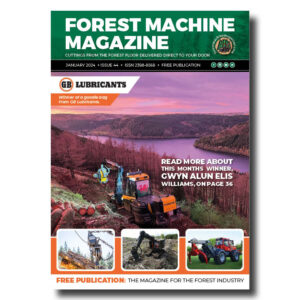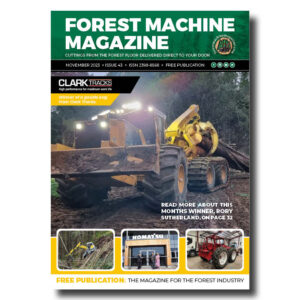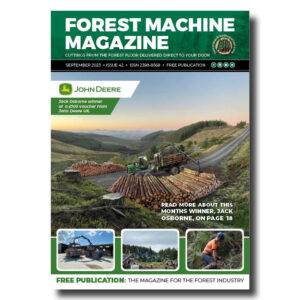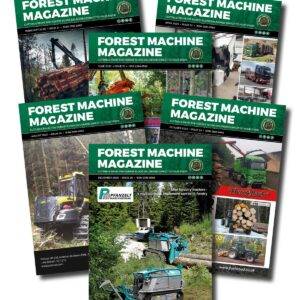It is now being tested whether harvester laser scanning can be used to assess the crookedness of the trees during felling – a decision support that would increase both resource efficiency and simplify the harvester operator’s work.
Sensors for laser scanning are becoming cheaper and can increase precision in forestry. By combining laser scanners and cameras, the bucking of the trees can be improved. The Forestry Research Institute of Sweden is now starting a project together with Komatsu Forest to develop sensor systems that can be used as decision support during harvesting. The project is testing how laser scanners, which are mounted on the harvester, can be used to measure the curvature of standing trees. This is important because harvester operators today have to make a manual assessment of bend, which is difficult and miscalculations often lead to downgrading of the timber when it is measured in the industry.
By creating 3D models of the forest before harvesting, advanced laser scanners can be used to measure the trees with high precision. This data is then compared with mobile laser scanners that are placed on the harvester to evaluate measurements. Personal mobile laser scanners can also be used to prepare the measurements. The goal is to create diameter and quality vectors for each tree and investigate how this data can be used to improve bucking through simulations.
The Forestry Research Institute of Sweden (Skogforsk) and the forest machine manufacturer Komatsu Forest are collaborating in the project, and the results will be communicated to a reference group from the forest industry. The methods that are developed can lead to increased value for both forest owners and sawmills. The project is funded by MISTRA Digital Forest, Åforsk, Norra Skog Research Foundation, Önnesjöstiftelsen and TräCentrum Norr.
See more about the project in the video above or on Youtube: Laser scanning from harvesters – a smart way to detect crooked trees during felling?
-
That’s a remarkable amount of work hours for a single machine, the Norcar 600 owned by Erkki Rinne is taken well care of, it even has the original Diesel engine.
-
Kieran Anders is a forestry contractor working in the lake district. His work involves hand cutting and extracting timber using a skidder and tractor-trailer forwarder.
-
It is not possible to eliminate chain shot, but there are simple steps that can be taken to reduce the risk.
-
Arwel takes great pride in the fact that the mill has no waste whatsoever, “the peelings are used for children’s playgrounds, gardens and for farm animals in barns in the winter and the sawdust has multiple uses in gardens and farms as well.
-
Timber hauliers need to encourage young blood in, and also look after the hauliers we have, we need make the sector a safe and positive place to work.
FIND US ON
Related Posts
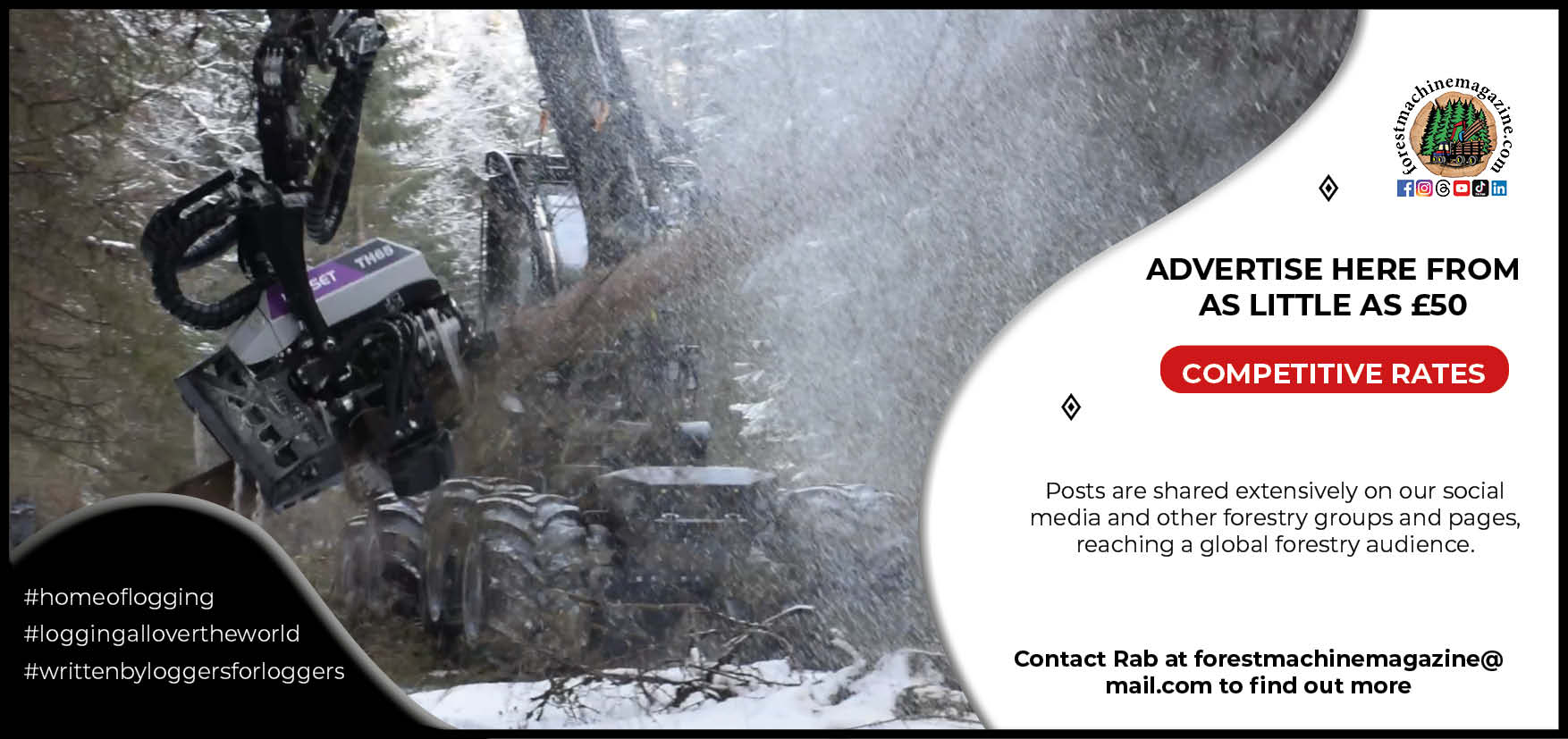

Forest Machine Magazine is written and edited by a forest professional with over 40 years hands on experience. We are dedicated to keeping you informed with all the latest news, views and reviews from our industry.
To support us you can subscribe to our bi-monthly magazine which is delivered to your door from only £15 per year.
Subscribe here
#homeoflogging #writtenbyloggersforloggers #loggingallovertheworld
